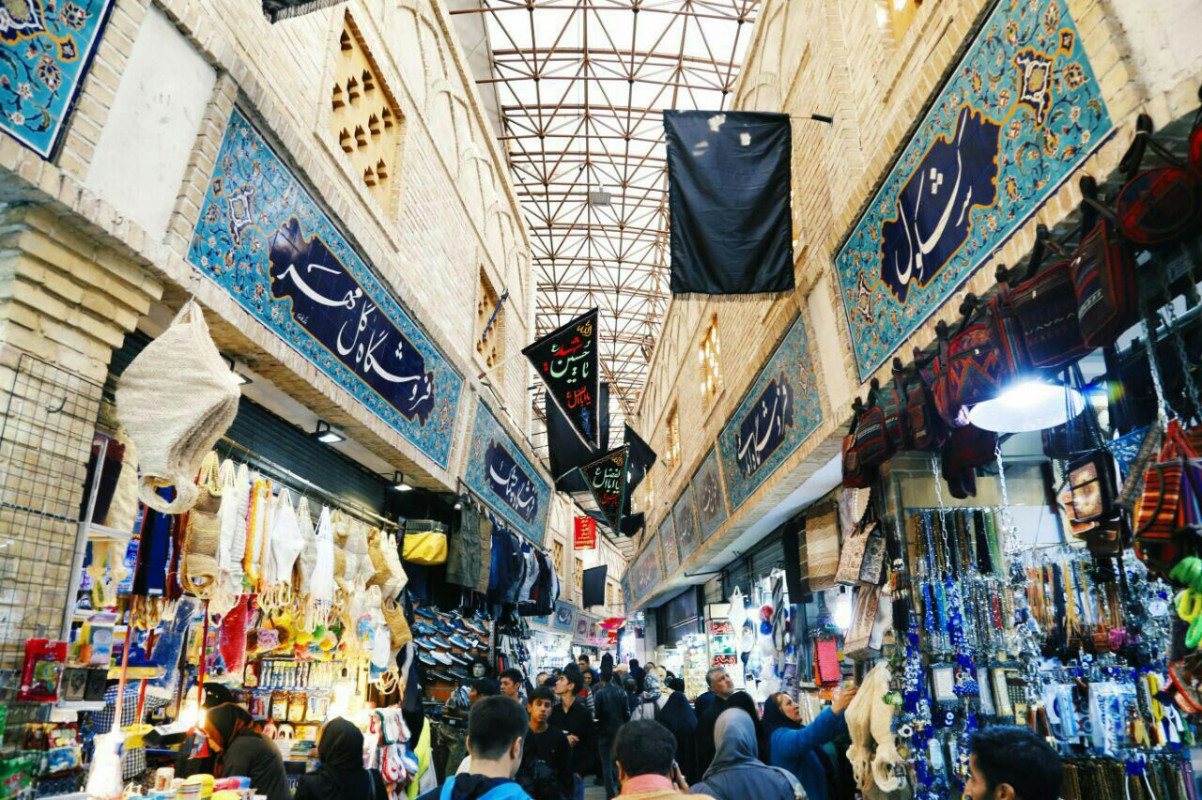In its latest Global Economic Prospects report, the World Bank has slightly lowered its forecast for Iran's real GDP growth up until 2019, while putting the inflation rate at double digits for the current fiscal year that started on March 21.
According to the most recent flagship report released by the international financial institution, Iran's GDP will grow 4% in 2017 while the country will register a respective growth of 4.1% and 4.2% for the following two years.
That is while in its previous report in January, WB had predicted a slightly better growth picture. The numbers in the June report indicate that the Washington-based institution has revised down its growth forecast for Iran in 2017 by 1.2%.
The downward revision is attributed to a limited spare capacity in oil production and "difficulty in accessing finance which weigh on the country's growth".
According to the report, offsetting factors in the country, the second-largest economy in the region, include solid current account and fiscal positions, "which are expected to support a steady growth outlook of about 4% over 2017-19".
Even though more than a year has passed since the landmark nuclear accord with world powers was implemented and international sanctions were eased, factors such as wariness of major banks and investors to enter Iran for fear of hefty penalties and a high risk rating of 6 attributed to the country by the Organization for Economic Cooperation and Development have hampered Iran's ability to absorb foreign finance.
That is while an 8% growth goal envisioned in the sixth five-year development plan (2017-22) will reportedly require a minimum of $43 billion in foreign investments.
Nevertheless, Iranian officials have expressed confidence that OECD will reduce the country's risk rating to 4 and the Financial Action Task Force will remove the country from its blacklist and terminate all its countermeasures in its upcoming meeting in late June.
Inflation Rises
Noting that inflation has picked up in several large economies, WB indicates that food price pressures have contributed to rising inflation in Iran.
According to the report, inflation climbed back to double digits year-on-year in March 2017, though it is "still on a declining trend from an annual rate of about 35% in 2013".
This is while statistics provided by Iranian officials and entities put the average inflation rate for the 12 months to March 20, 2017, which marks the end of last Iranian year, at 9%.
The figure had reportedly bottomed out at 8.6% in fall, which was a record low in more than a quarter century.
On the other hand, the latest CBI data indicate an inflation rate of 9.84% for the Iranian month ending May 21.
Deputy minister of economic affairs and finance, Hossein Mirshojaeian, had reassured in the final days of May that despite a slight rise in recent months, the inflation rate for the current Iranian year to March 20, 2018, will remain below 10%.
Bringing down the unruly inflation rate to single digits after 26 years, during which rates as high as 45% were witnessed, has been touted as one of the main economic achievements of President Hassan Rouhani who recently won a landslide reelection on promises of achieving economic recovery and battling isolationist policies.
In reviewing the future economic prospects of the Middle East and North Africa region, the WB report projects growth to fall to 2.1% in 2017 "as the adverse impact of the Organization of Petroleum Exporting Countries' production cuts on oil exporters outweighs modestly improving conditions in oil importers".
However, with the assumption of a moderation of geopolitical tensions and an increase in oil prices, which are expected to average $53 per barrel in 2017 and $56 per barrel in 2018, growth is expected to pick up to 2.9%.
Geopolitical conflicts, a lower-than-expected rise in oil prices and political and social obstacles to reforms have been recognized by WB as the three main risks facing the region's growth outlook.
Emphasizing the persistence of geopolitical risks in 2017, the WB report underscores new US sanctions on Iran imposed in early 2017 which "may deter foreign investors' confidence", alongside ongoing conflicts in the region, which have caused the destruction of capital and displacement of people.



